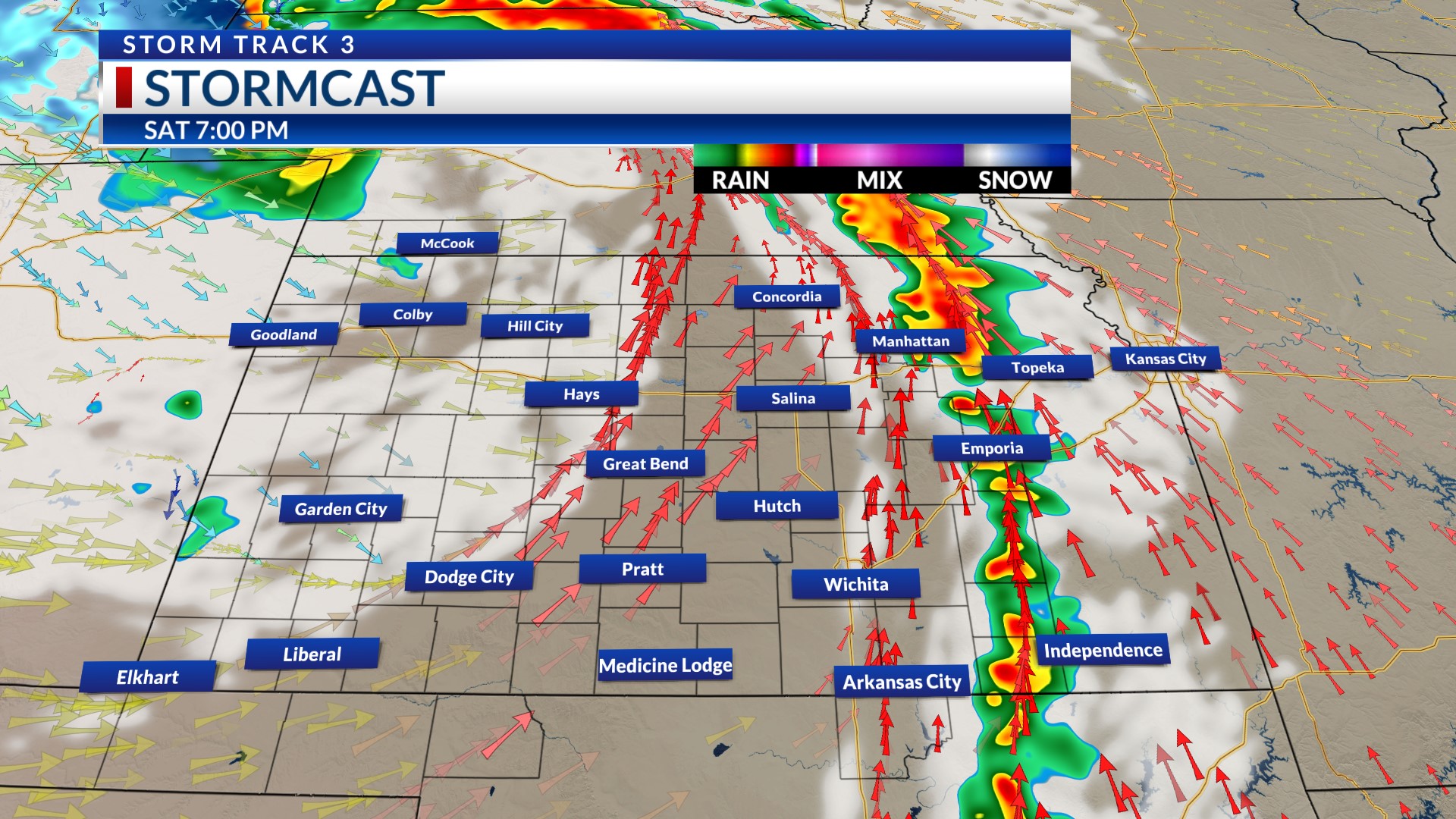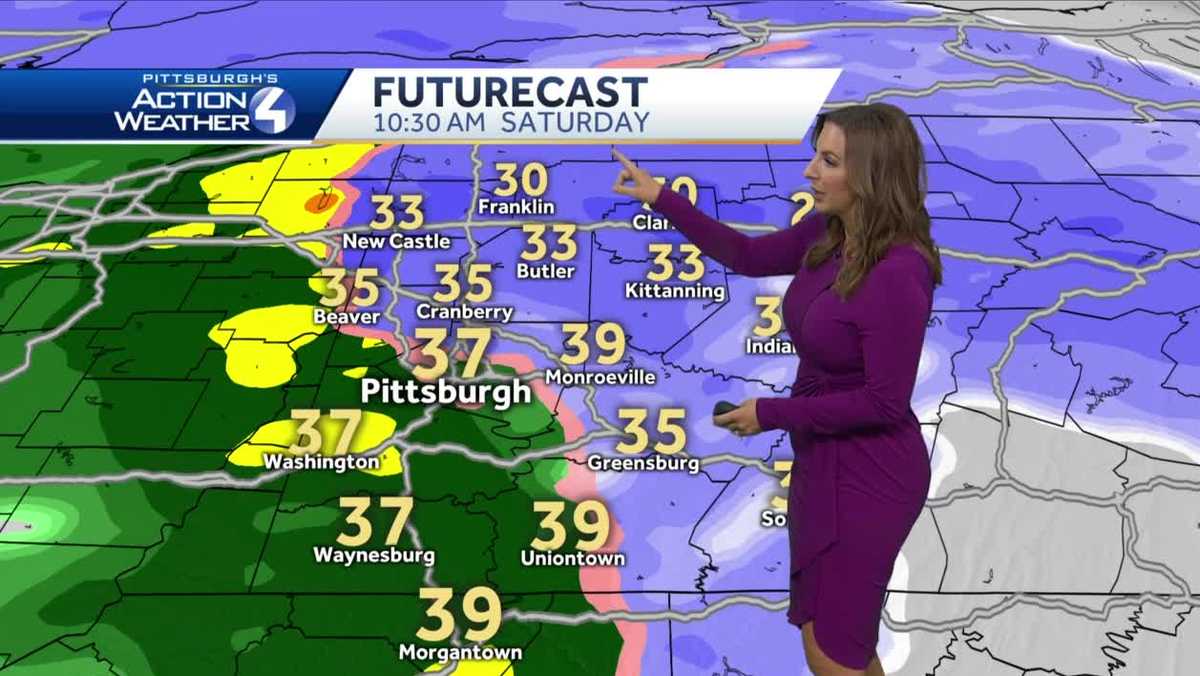Severe Weather: The Dangers Of Fast-Moving Storms And Strong Winds

Table of Contents
Understanding Fast-Moving Storms and Their Formation
Severe weather, characterized by fast-moving storms and strong winds, encompasses a range of dangerous phenomena. These include derechos, squall lines, and severe thunderstorms, all capable of producing damaging winds, often exceeding 58 mph (93 km/h). Understanding their formation is crucial for effective preparedness.
Derechos, for example, are widespread, long-lived wind storms associated with a band of rapidly moving showers or thunderstorms. Squall lines are another type of fast-moving storm, typically consisting of a line of thunderstorms. Even seemingly isolated thunderstorms can produce intense, localized downbursts or microbursts – sudden, powerful downdrafts of air that can cause significant wind damage.
These storms are born from atmospheric instability. An unstable air mass, characterized by warm, moist air near the surface and cooler air aloft, provides the energy for thunderstorm development. Strong wind shear, a change in wind speed or direction with height, plays a crucial role in organizing these storms into lines or bands, increasing their longevity and destructive potential.
Key characteristics of fast-moving storms:
- Speed and Unpredictability: These storms can move rapidly, making it difficult to predict their exact path and impact.
- Associated Hazards: Besides high winds, they often bring torrential rain, large hail, and frequent lightning strikes.
- Geographic Areas: The Great Plains of the United States, for example, are particularly prone to derechos and severe thunderstorms, while coastal areas can experience damaging squalls.
The Dangers of Strong Winds
High winds, or damaging winds, are a primary threat associated with fast-moving storms. Their destructive power is immense, capable of causing a wide range of damage.
Types of wind damage:
- Downed Trees and Power Lines: Strong winds can easily uproot trees and snap power lines, causing widespread power outages and posing significant hazards.
- Structural Damage: Homes and buildings can sustain significant damage, from broken windows and roof damage to complete structural failure.
- Flying Debris: Loose objects like signs, debris, and building materials become dangerous projectiles, causing injury or death.
Specific dangers of strong winds:
- Flying Debris: This is a major cause of injury and property damage during high-wind events. Secure all loose objects before a storm.
- Damage to Homes and Infrastructure: Strong winds can damage roofs, siding, windows, and even foundations, leading to costly repairs.
- Risk of Injury or Death: High winds can directly injure or kill individuals, particularly those caught outdoors during a storm.
Preparing for Severe Weather with Strong Winds
Severe weather preparedness is paramount to mitigating the risks associated with fast-moving storms and strong winds. Proactive measures can significantly reduce the potential for damage and injury.
Before the storm:
- Develop a family emergency plan: Determine a meeting place and communication strategy.
- Secure loose objects: Bring all loose items indoors, or securely tie down anything that cannot be moved.
- Have an emergency kit ready: This should include water, non-perishable food, a first-aid kit, flashlights, batteries, and a portable radio.
- Know your local emergency alerts: Sign up for weather alerts and understand your local emergency procedures.
During the storm:
- Stay indoors: Seek shelter in a sturdy interior room, away from windows.
- Monitor weather reports: Stay updated on the storm's progress.
- Follow evacuation orders: If an evacuation is ordered, leave immediately.
After the storm:
- Check for damage: Inspect your property for damage, but avoid downed power lines.
- Report damage: Contact your local authorities to report any damage.
- Be aware of potential hazards: Downed power lines, damaged structures, and debris pose significant risks after a storm.
Identifying and Responding to Severe Weather Warnings
Understanding different weather warnings is vital for taking appropriate action. Reliable sources, such as the National Weather Service, provide critical information.
- Severe Thunderstorm Warning: Indicates severe thunderstorms with damaging winds, large hail, or tornadoes are occurring. Take immediate shelter.
- Tornado Warning: Indicates a tornado has been sighted or indicated by weather radar. Seek immediate shelter in a sturdy structure, preferably a basement or interior room.
- High Wind Warning: Sustained winds of 40 mph (64 km/h) or greater are expected. Take precautions to secure loose objects and avoid being outside.
- Weather Advisory: Less severe than a warning, an advisory suggests less dangerous weather conditions that still warrant attention.
Staying Safe During Severe Weather with Strong Winds
Fast-moving storms and strong winds pose significant threats. Understanding storm formation, recognizing warning signs, and taking proactive safety measures are critical for staying safe. Remember to develop a comprehensive severe weather plan, including preparations for high winds, damaging winds, and the specific threats prevalent in your area.
To learn more about severe weather in your region and to access resources for creating a personalized severe weather plan, visit the National Weather Service website [link to NWS website]. Being prepared for severe weather, fast-moving storms, and strong winds is essential for protecting yourself and your loved ones.

Featured Posts
-
 New Premier League 2024 25 Champions Picture Special
May 21, 2025
New Premier League 2024 25 Champions Picture Special
May 21, 2025 -
 La Fire Aftermath Landlord Price Gouging Under Scrutiny
May 21, 2025
La Fire Aftermath Landlord Price Gouging Under Scrutiny
May 21, 2025 -
 High Ranking Admirals Fall Corruption Charges And Conviction
May 21, 2025
High Ranking Admirals Fall Corruption Charges And Conviction
May 21, 2025 -
 Wintry Mix Of Rain And Snow What To Expect
May 21, 2025
Wintry Mix Of Rain And Snow What To Expect
May 21, 2025 -
 Sandylands U Tv Show Where To Watch And When
May 21, 2025
Sandylands U Tv Show Where To Watch And When
May 21, 2025
Latest Posts
-
 Racial Hatred Tweet Ex Tory Councillors Wife Faces Appeal Delay
May 22, 2025
Racial Hatred Tweet Ex Tory Councillors Wife Faces Appeal Delay
May 22, 2025 -
 Ex Tory Councillors Wifes Racial Hatred Tweet Appeal The Wait Continues
May 22, 2025
Ex Tory Councillors Wifes Racial Hatred Tweet Appeal The Wait Continues
May 22, 2025 -
 Racial Hatred Tweet Former Tory Councillors Wifes Appeal Delayed
May 22, 2025
Racial Hatred Tweet Former Tory Councillors Wifes Appeal Delayed
May 22, 2025 -
 Ex Councillors Wife Challenges Racial Hatred Tweet Sentence In Court
May 22, 2025
Ex Councillors Wife Challenges Racial Hatred Tweet Sentence In Court
May 22, 2025 -
 Appeal Launched Against Sentence For Racial Hatred Tweet By Ex Councillors Wife
May 22, 2025
Appeal Launched Against Sentence For Racial Hatred Tweet By Ex Councillors Wife
May 22, 2025
